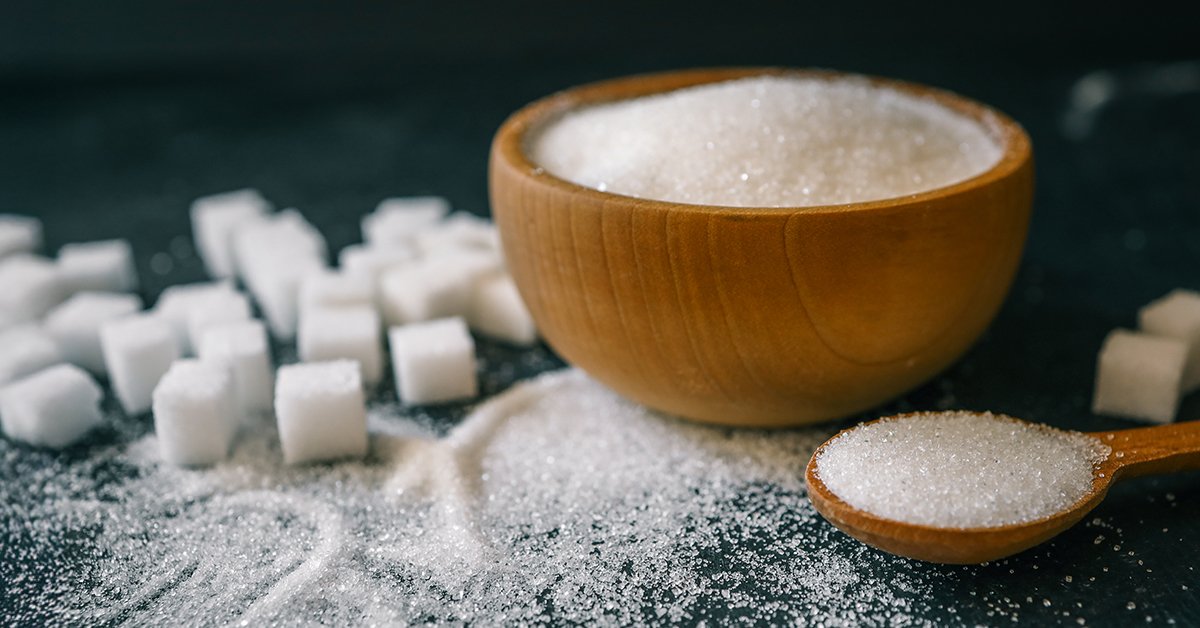The Truth About Sugar: Natural vs. Added Sugars Explained

The Two Sides of Sugar: Your Friend or a Sneaky Impostor?
Avani Mekala
Let’s be honest. Sugar is everywhere. It’s in your morning chai, your favorite sweet, and even in that “healthy” packet of biscuits you bought at the store. But here’s the truth: not all sugar is created equal. There are two kinds, and they are about as different as your most reliable friend and that one shady acquaintance you regret inviting to your party.
Welcome to the world of sugar. Let’s meet the two players.
The Good Guy: Natural Sugar
This is the sugar you want in your life. It’s the sugar that comes with its own support system, its own family, and its own good reputation. It’s a part of a whole, balanced ecosystem that helps your body thrive.
- The Source: Natural sugar is found inherently in whole foods like fruits, certain vegetables, and milk. Think of the sweetness in a ripe mango, the subtle flavor of a carrot, or the creamy taste of a glass of lassi. This sugar hasn’t been added or processed; it’s simply a component of the food itself.
- The Package Deal: When you eat an apple, you’re not just getting sugar. You’re getting a whole posse of good things that work together to benefit your body. This includes fiber, which is crucial because it slows down how your body absorbs the sugar. This prevents a sudden rush and instead allows for a steady release of energy. You also get a host of vitamins and minerals that help your body perform its essential functions, and a good amount of water, which keeps you hydrated. This is what makes a piece of fruit so satisfying and beneficial. It’s a holistic package, not a single, isolated nutrient.
- The Effect: Because it’s a package deal, natural sugar gives you a smooth, steady rise in energy. There’s no sudden sugar rush, no dramatic crash, and no feeling of exhaustion afterward. It’s the reliable friend you can always count on to keep you going. It provides sustained energy, allowing you to focus and feel good without the rollercoaster effect. It’s honest sugar.
The Sneaky Impostor: Added Sugar
This is the sugar that shows up uninvited, usually at a party. It comes alone, brings no nutrients, and leaves a mess behind. This is the sugar that has been intentionally added to foods and drinks during processing to enhance flavor, texture, or shelf life.
- The Source: Added sugar is the extra sugar found in countless processed foods, including sodas, candies, packaged sweets, cakes, biscuits, breakfast cereals, and even savory items like sauces, ketchup, and salad dressings. It’s often used to make bland or unpalatable processed foods taste better.
- The Lonely Star: Unlike natural sugar, added sugar is pure sugar, stripped of its family (the fiber, vitamins, and water). It hits your bloodstream like a sugar grenade, causing a massive, rapid spike in blood glucose levels. This sudden surge provides a quick burst of energy—a “sugar rush”—that feels great for a minute, but then comes the inevitable, exhausting crash, leaving you feeling tired, sluggish, and often craving more sugar to get that high again.
- The Alibis: This sugar is a master of disguise. It goes by many names to trick you into thinking you’re not eating sugar. Reading a food label can feel like a detective mission, but once you know its sneaky aliases, you can spot the impostor. Look for names like “high-fructose corn syrup,” “dextrose,” “sucrose,” “glucose,” “fructose,” “maltose,” “lactose,” “syrup” (like corn syrup or rice syrup), “agave nectar,” “barley malt,” and any other ingredient ending in “-ose.” This clever wordplay is designed to obscure the fact that you’re consuming pure, processed sugar. It’s the uninvited guest at the Diwali festival that causes all the trouble.
The Hidden Costs of the Impostor
While a little added sugar is fine as an occasional treat, consuming too much of it on a regular basis can lead to some serious problems for your body. The constant sugar spikes and crashes can make you feel tired and sluggish, and in the long run, they can contribute to weight gain, inflammation, and an increased risk of chronic diseases such as type 2 diabetes, heart disease, and liver issues. Excess sugar is often stored as fat in the body, contributing to weight gain, particularly around the abdomen. This visceral fat is metabolically active and can release inflammatory compounds, which are linked to a host of health problems.
The Ultimate Test: How to Spot the Difference
It’s actually very simple to become a “sugar smartie” and differentiate between the two.
- The Golden Rule: Look at the food’s natural state. Does it have sugar in it from the start? A banana has natural sugar. A banana-flavored cereal, on the other hand, likely has added sugar. The key is to distinguish between a food that naturally contains sugar and a product that has had sugar added to it during processing. A whole, unprocessed food is almost always the better choice.
- Read the Label: This is your most powerful tool. The ingredient list doesn’t lie. If you see the word “sugar” or any of its many aliases listed as a separate ingredient, you’ve found the impostor. Pay special attention to the first few ingredients, as they make up the largest part of the product. If sugar or one of its aliases is listed as the first, second, or third ingredient, you can be sure that the product is loaded with added sugar. For example, if the label says “mango” and the sugar count is high, that’s likely natural sugar from the fruit itself. But if it says “mango drink” and lists “high-fructose corn syrup” as an ingredient, that’s a sugar trick
The goal isn’t to be a “sugar cop” and avoid all sugar. It’s about being a “sugar smartie” and knowing the difference. Choose the good guy, enjoy the occasional sweet treat with the bad guy, and keep your body happy and running smoothly. By making informed choices, you can take control of your health and avoid the hidden costs of the sugar impostor.














